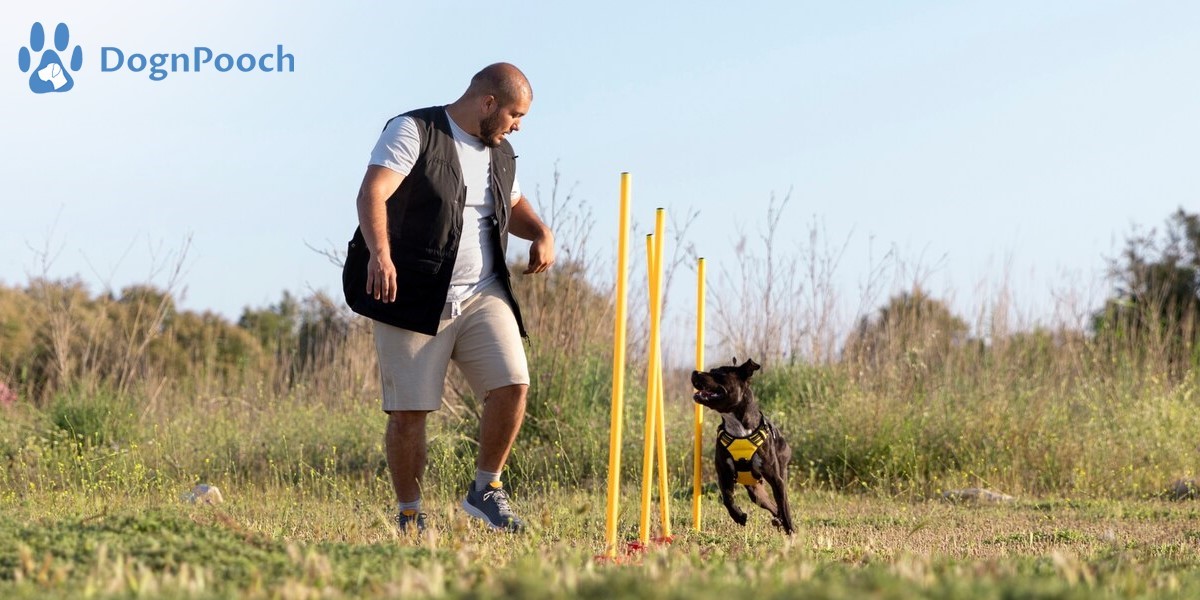Are you a new pet parent, wondering about the best way to ensure your furry friend feels secure and well-adjusted in your home? Have you heard about puppy and dog crate training but are unsure about its benefits and safety? Let’s delve into this popular training method and discover why it’s much more than just a temporary confinement solution. Read on!
What is Dog Crate Training?
Dog crate training is a method where you introduce your dog to a crate as a safe and comfortable space, akin to a den, where they can retreat, relax, and sleep. But its benefits go beyond just providing a cozy spot for your pup.
5 Benefits of Dog Crate Training
● Security and Comfort
Dogs are den animals by nature, and crates mimic the security of a den. Dog crate training in Santa Barbara helps them feel safe and secure, reducing anxiety, especially during stressful situations like thunderstorms or fireworks.
● Housebreaking Aid
Dogs instinctively avoid soiling their sleeping area. By using a crate, you can encourage your pup to hold their bladder until they are let outside, making housebreaking much easier and quicker.
● Preventing Destructive Behavior
Crates keep your dog confined when you are unable to supervise them, preventing them from chewing on furniture, shoes, or other household items. This not only protects your belongings but also ensures your pet’s safety.
● Travel Convenience
Crate-trained dogs and puppies are more comfortable during travel, whether it’s a short car ride or a long journey. The crate serves as a familiar, secure space, reducing stress and making trips more enjoyable for both you and your furry companion.
● Facilitating Training
Crate training aids in teaching obedience commands and boundaries. It helps establish a routine and discipline, making it easier to train your dog in other areas such as leash walking and commands like “sit” and “stay.”
Age Barriers and Safety Concerns
Many pet owners wonder about the appropriate age for crate training.
- While puppies as young as eight weeks old can start crate training, it’s essential to gradually introduce them to the crate and ensure it remains a positive experience.
- As for older dogs, it’s never too late to start crate training, although it may require more patience and consistency.
But is crate training safe? Only when done correctly, dog crate training in Santa Barbara is entirely safe and beneficial for dogs. However, it’s crucial to avoid using the crate as a form of punishment and never leave your dog crated for extended periods without breaks for exercise, mental stimulation, and bathroom breaks.
Explore the Nuances of Dog Crate Training with Dog n Pooch
Dog crate training is much more than confining your pet to a crate; it’s about providing them with a safe, secure, and comfortable space that promotes their well-being and development. From aiding in housebreaking to preventing destructive behavior and facilitating travel, crate training offers numerous benefits for both you and your furry friend.
So, if you are considering puppy and dog crate training, remember to introduce it gradually, keep it positive, and never use the crate as a form of punishment. With patience, consistency, and the right approach, crate training can be a valuable tool in building a strong bond with your canine companion. Explore our selection of dog crates at Dog n Pooch and give your furry friend a cozy den of their own!








